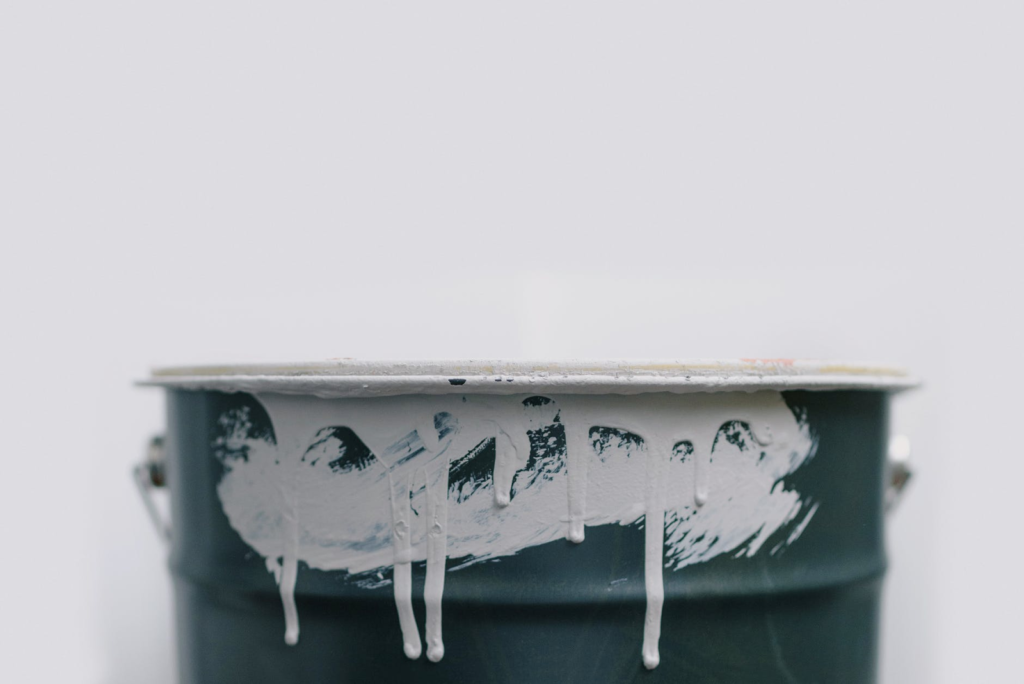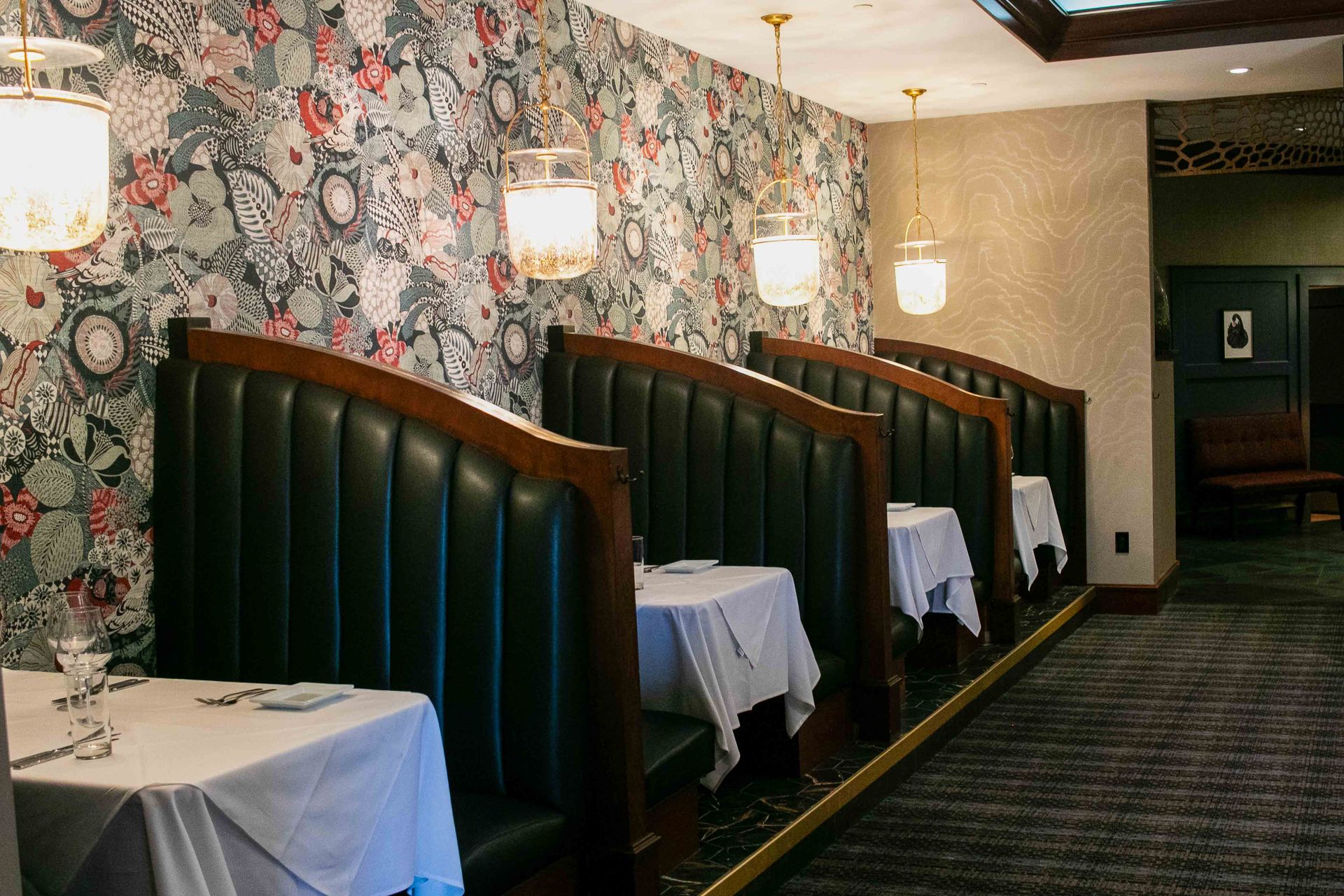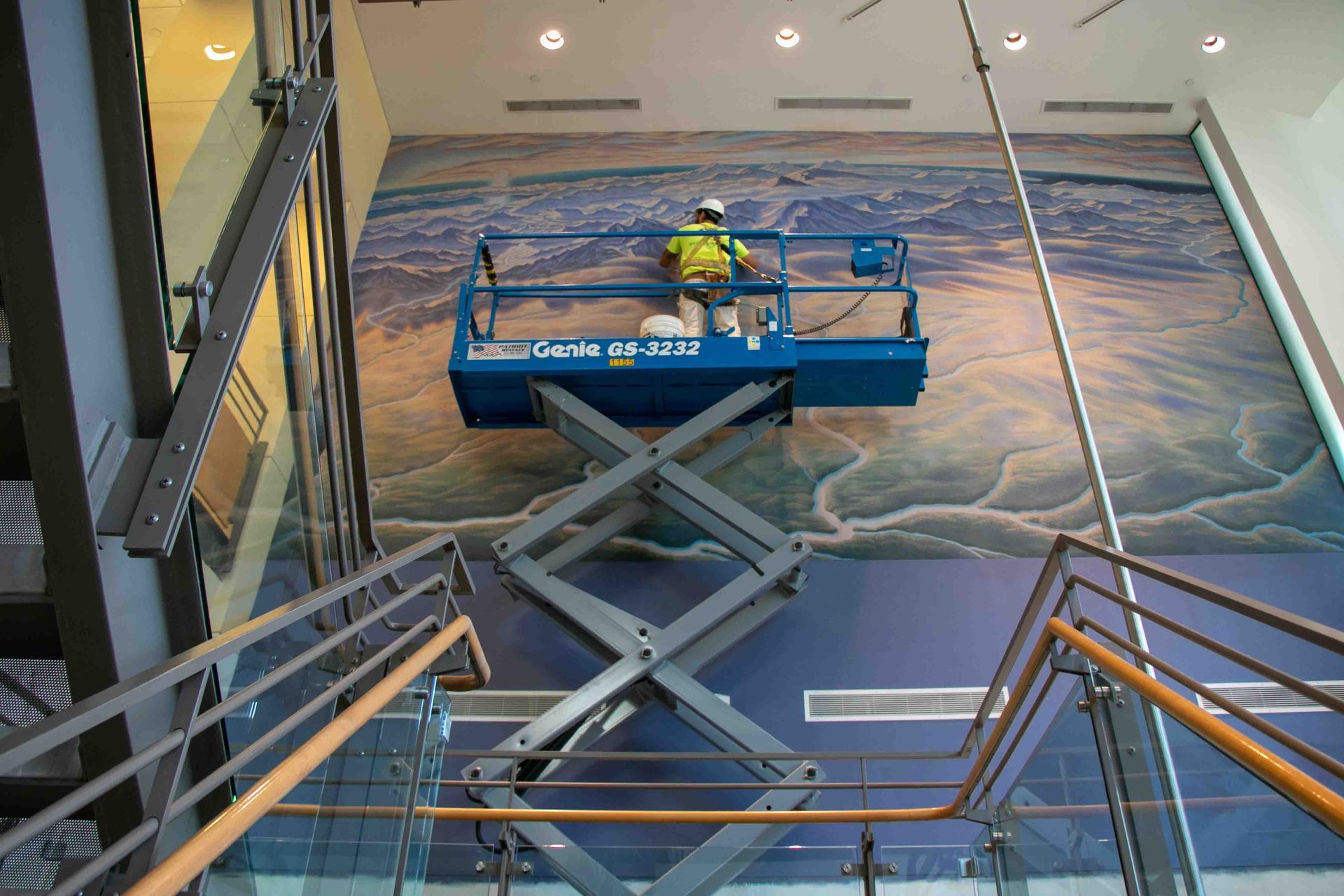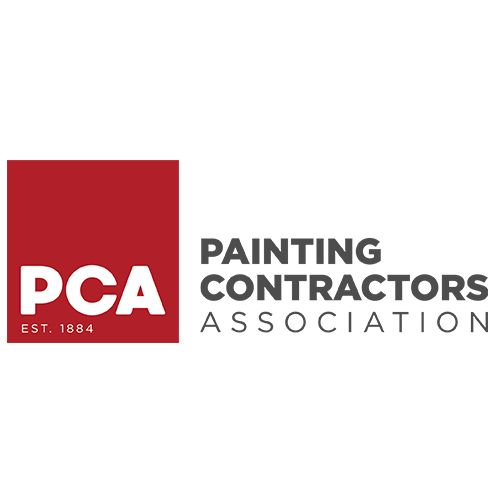Whether you run a business, own an office building, manage a warehouse, or you’re in charge of educational or religious buildings, there’s a good chance that some part of your flooring at some point will need repainting or a new coating. This could be for aesthetic reasons or it could be for increased safety, but the approach is generally the same when it comes to addressing the surface and condition of your commercial flooring. If you find that you need commercial floor painting, specialty coatings, or concrete polishing, there’s a systematic plan that you should follow to get the most out of your investment.
Plan Accordingly
When it comes to commercial floor painting, the biggest factor of success is a strategic schedule. Ideally work should be completed during off-hours, when customers and employees aren’t disrupted. If that can’t be arranged, you need to work carefully with your commercial painting contractor to outline a plan that systematically shuts down areas of your building without causing any work delays or inconveniences to staff or customers.

Prioritize Prep
Once you’ve identified which areas of your commercial building need floor painting or polishing, remove any equipment or furniture and inspect the floors. Look for signs of damage that need to be repaired, like mold, water damage, cracks, or pitting. If the problem will impact the finished results of floor painting, they need to be properly and professionally repaired before work begins.
Choose Paints Carefully
Choosing the right paint for your commercial flooring goes beyond a color palette. Are you painting for looks or safety? Do these paints and coatings need to stand up to high volumes of traffic? How much effort are you looking to put into maintenance? These are all questions you should ask of your commercial floor painting contractor when choosing which types of paint and coatings you’ll need for the project.
Consider Going Green
This falls under the category of choosing your paints and coatings carefully. If your organization supports sustainability, now’s a perfect time to showcase those efforts. Speak with your commercial maint contractors about low or no-VOC paints and coatings that don’t impact indoor air quality and working environments and the health of your staff and customers.
Clean, Clean, Clean
Even the highest-quality commercial floor paints and coatings won’t adhere to dirty or stained flooring. It’s not just enough to mop; you’ll need pro-caliber equipment to sweep, scrub, and thoroughly dry floors before painting or coatings are applied. This way, the bond will adhere much longer and you’ll be much happier with the finished results.
Provide the Perfect Environment
Just like with painting the exterior or interior walls of your commercial building, factors like temperature and humidity will impact how commercial floor paints and coatings will dry. Talk to your commercial paint contractor about the ideal temperature and humidity levels for the process you’ve chosen, and provide the equipment and tools to maintain those levels.

Don’t Forget Follow-Up
Once the commercial floor paint or coating has been applied, make sure to follow the contractor’s instructions to a tee when it comes to drying and curing. If you allow traffic on these newly painted floors before that time frame is up, you may need repairs or the coating may not cure to be durable or long-lasting. Work with your contractor to develop a custom maintenance plan as well; they’ll be able to best advise you on the proper way to keep your commercial floor paint or coating looking new.
Call In the Professionals
The floors of your commercial facility take a beating. Painting and coating serve as a great solution to maintaining a clean appearance while keeping your work environment safe, while also adding to its durability and sustainability. Our professional team is trained to make your floors shiny and safe — commercial floor painting or coating is not something you’d want to DIY. We get in and out efficiently, on schedule and budget while leaving nothing but the paint on the floor.
No matter your needs we can handle them for you. Some examples include safety striping, slip-resistant treatments, acid and dye stains for concrete, and any other concrete treatment. We have plenty of team members and the bandwidth to handle just about any size project. We employee up to 30 full-time painters most of the year. You get highly-trained teams from us that don’t just get “on the job training” like so many other shops.
We make even the most meticulous projects with complicated scheduling easy for you — call us today to talk more about your commercial floor paint or coating project!











